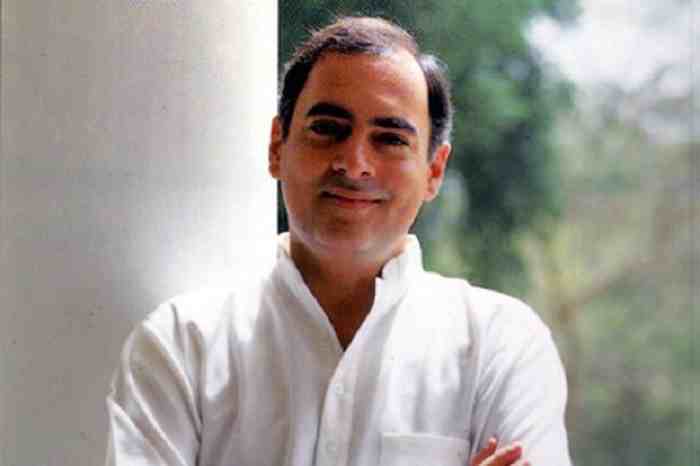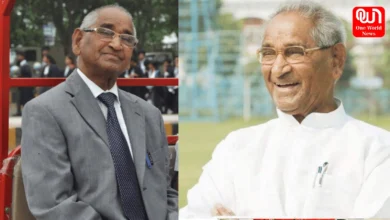
Rajiv Gandhi is credited to lay the foundation of modern India
Rajiv Gandhi became the Prime Minister of India at just 40, the youngest ever. Rajiv Gandhi is credited with bringing a technological revolution in India that continues to keep India as one of the leading countries in the IT field. The political heir of Gandhi family entered politics after his mother Indira Gandhi was assassinated in 1984. Being a young Prime Minister, Rajiv Gandhi was always fascinated by modern technology. It is also believed that he laid the foundation of a modern India by leaving an imprint of modernity. Rajiv Gandhi was assassinated on May 21, 1991, at the age of 46 years. However, in a short span of his life, he left a lasting mark on the politics and society of the country. On the occasion of his 76th birth anniversary, let’s look at 5 big changes he brought that revolutionized India.
Revolution in Telecom
Rajiv Gandhi, son of Indira Gandhi and grandson of Jawaharlal Nehru is hailed as the ‘Father of Information Technology and Telecom Revolution of India‘. During his tenure, Centre for Development of Telematics (C-DOT) was set up in 1984 to start state-of-the-art telecommunication technology to meet the needs of the telecommunication network in the country. C-DOT revolutionised the network of communication in both urban and rural areas.
Rajiv Gandhi is credited to start the PCO revolution which connected the most remote parts of the country to the world. MTNL (Mahanagar Telephone Nigam Limited) was set up in 1986. It helped in developing the telephone network in the country. 6 technology mission related to telecommunication, dairy, water, immunization, literacy and oilseeds were started in the leadership of Rajiv Gandhi and vigilance of Sam Pitroda.
Read more: A lone Indian battles against Pakistani protestors in Germany, Video Inside

Education
He announced National Policy on Education (NPE) in 1986, which was recently amended by Prime Minister Narendra Modi. NPE was announced to expand and modernize higher education programs across the country. Jawahar Navodaya Vidyalayas were established under the central government to bring out best of rural talent. These schools provide free education and accommodation along with food and clothes from grades six to twelve to the rural population.
Computerisation
The late Prime Minister fostered science and technology along with associated industries in the country. He reduced import tariffs, taxes and quotas on such industry such as computers, defence, airlines and telecommunications. Computerised railway tickets were brought for the modernization of Indian Railways.
Voting Age
Rajiv Gandhi being a youth always wanted the youth to contribute more to the development of the country. Under his regime in 1989, the 61st Amendment Act of the Constitution was passed that lowered the voting age to 28 years from 21 years. This move allowed the large proportion of the younger generation to have a say in choosing their MPs and MLAs.
Panchayati Raj
Rajiv Gandhi is also credited to lay the foundation of the Panchayati Raj system in India to facilitate democracy to the ground level. Although the Panchayati Raj system was created by the 73rd and the 74th Amendments in 1992, a year after Rajiv Gandhi was killed, the base and background were prepared during his regime between 1984 to 1989.
Have a news story, an interesting write-up or simply a suggestion? Write to us at info@oneworldnews.com








